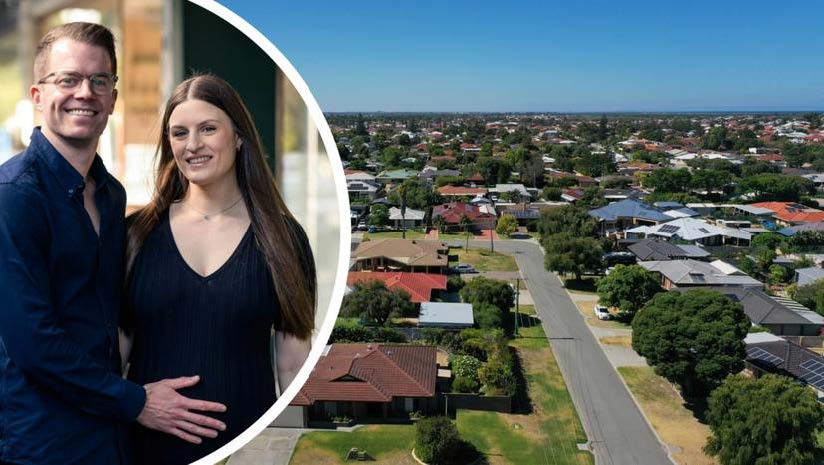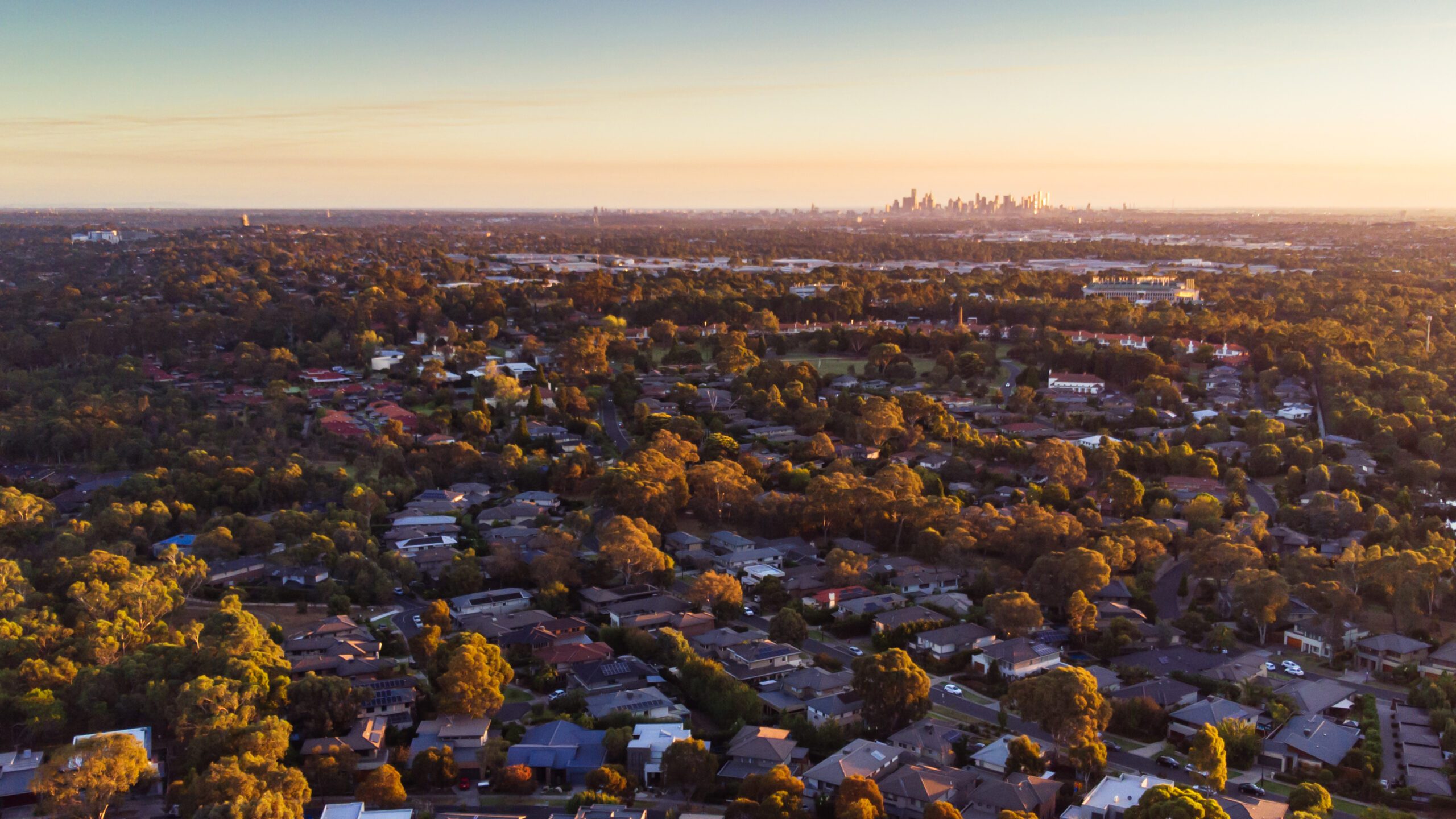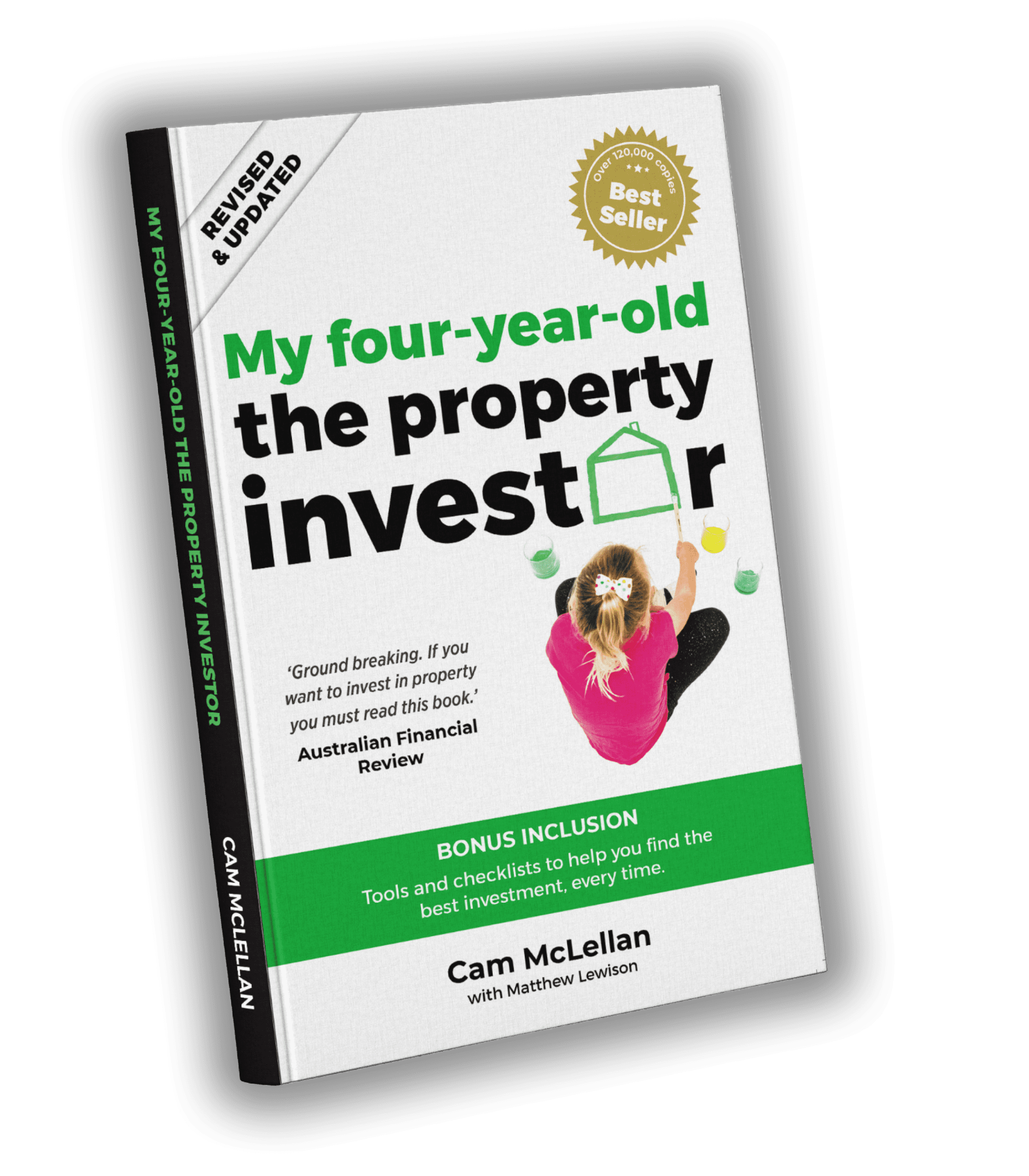By Cam McLellan
I want to discuss the difference between the US market and the Australian market. This article “Yanks v Aussies” was written by my business partner Matt Lewison back in 2009 following the GFC. I thought it relevant as I had one of our readers ask me recently if I thought our property market may go the same way in the future.
I think that it’s important to have a broader understanding of things when you’re an investor.
Everybody knows that in 2008 the global financial crisis started when the US housing market collapsed. Many people have also looked for comparisons between the “pre GFC” US housing market and the Australian housing market, with some US experts recently predicting a fall in Australian house prices. Fortunately, the Australian property market currently is about as similar to the US housing market, as a race horse is to a donkey. They both may inhabit the same environment but they feed on very different things.
Lending Criteria
Firstly, it’s important to understand that Australia has one of the most highly regulated mortgage industries in the world. Ask any highly paid business owner with less than two years history of being self-employed and you will understand that our banks take risk management very seriously. Conversely, it was the American banks that came up with the idea of “NINJA loans” – loans given to people with No Income, No Job or Assets. Just the types of people that our risk-averse banks wouldn’t touch with a ten-foot pole!
Additionally, there were banks that were willing to lend up to 105% of the purchase price and were signing buyers up on very low-interest honeymoon rates. In other words, the borrowers didn’t need to have any deposit or equity and only needed to show a token salary to cover the discounted honeymoon rate for the first couple of years. The bank was even generous enough to pay for the transactions costs, including the lender’s mortgage insurance. No wonder that from the 18 safest banks in the world, of which Australia’s “Big Four” are all highly placed, not one is American owned.
Security
So, now we know that the American home lenders were giving money to just about any person that asked for it (and pushing it on people who weren’t asking for it). We have clearly established one difference between the US market and the Australian property market. But this cash free for all is just the tip of the iceberg. Another huge difference between the two markets is the way in which banks hold security for the funds they lend.
In Australia, any person that has borrowed money will know that you virtually sign in your own blood when you enter a mortgage agreement. Not only does the bank have the right to seize the property if you default on your mortgage repayments, they also have the right to sue you for any losses that they incur if they have to sell the property for less than the outstanding loan amount. This makes a lot of sense to us because like the banks, if we were lending our money to somebody, we would want them to be held accountable if they don’t look after it.
Most Australians therefore find it incredibly surprising, and bordering on ludicrous, that American lenders were providing “non-recourse” home loans to these NINJAs.
What this means is that if the borrower can’t meet their loan repayments, then they can move out of the house and hand the keys back to the bank without the bank having any means of recovering their losses from the borrower. When the GFC really hit the fan, the American financiers were receiving bundles of envelopes every day with people’s house keys in them, literally handing back their houses. Why wouldn’t they with a non-recourse loan and a house valued at half or quarter of that loan? In other words, the borrower has no incentive to keep paying their mortgage because they could get off “scott free” no matter what. As a result, according to the Mortgage Bankers Association of America, a massive 7% of all home loans in America were in arrears of more than 30 days in 2008 (4.3% of all homes went into foreclosure that year). This is a stark contrast with Australia’s mortgage delinquency rate, which ANZ recently quoted at 0.6%.
Supply
So the American mortgage market was clearly working without much regulation and the outcome of this was that anybody that could sign his or her name on a piece of paper was buying property. As a result, this pushed prices up quickly, which only fed the flames further as developers started pushing out new projects, which investors snapped up off the plan in the hope of making a quick buck. Unfortunately, when these thousands of new houses started to reach completion, it became apparent that there wasn’t anybody to live in them. Vacancy rates jumped to more than 13% in some cities and investors started walking away from their purchases. The property market crashed and as prices fell, more and more people walked away from their mortgages. They actually had house-burning parties in some streets!
Compare this to the modest Australian market where the government estimates a shortage of almost 200,000 homes nationwide, a shortfall that is growing every year as our population has been swelling, while our construction volumes have not changed for ten years. In fact, the Housing Supply Council of Australia estimates this shortage to reach epidemic levels by 2029, when the gap between housing supply and underlying demand will be 640,600 homes. Along with this, our rental vacancy rates have been hovering between 1.5% and 2.0% for the last three years.
Summary of the state of the States
It’s a far cry from following the shark-like behaviour of the US housing market before the Global Financial Crisis. The Australian housing market reminds me more of the slow moving, placid whales of the deep blue. While both markets are built on bricks and mortar (and sometimes lightweight cladding), the two markets are driven by completely different fundamentals. Australia has record low unemployment, extremely low delinquency rates on home loans, heavy regulation of the mortgage industry and a growing shortfall of housing. If it weren’t for the disturbing behaviour of the US housing market over the last couple of years, which was the result of poor governance, greed, high unemployment and a housing oversupply, then most Australians would be thinking that the stage was being set for a housing boom in coming years. The question is, when everyone forgets about the US housing crash and starts to focus on what is driving our market, how long will we have before the next boom hits our shores?
So, where are we now?
The chart titled “Price growth in relation to income and rates”, has data compiled from the Australian Bureau of Statistics (ABS) and the Reserve Bank of Australia (RBA) along with research done by the ANZ bank. It shows the actual housing price growth in comparison to two simulated housing price predictions. The bottom line is the simulation done when taking into account only household income growth. The top line (which is a more realistic representation of our actual pricing) is a simulation that was done taking into account both household income growth and also prevailing interest rates, which both affect the ability of households to meet monthly loan repayments.
We have heard American economists telling the world that our housing market is over inflated by 40% and the reason for this is that when they look at their simulations, they only factor household income growth. They fail to understand that interest rates also play a major part in Australian housing price growth. It is very clear to see that both interest rates, which have fallen over the last 25 years, and household income growth, are very important factors and neither should be discarded when viewing the state of our market. You will see that along the simulated line with both rates and income included, it clearly showed that the housing market was undervalued through the late 90’s and early 2000’s. We then saw the market correct itself and prices rose to meet the growth forecast. It has tracked this line fairly closely since with a current 4% difference.








